由于在 VBA 中有一个新项目,我从 VB.NET 转移过来,老实说我不太知道如何处理对象类之间的关系。我的目标是比较不同类别对象模块之间的对象。
例如:
class Employee
属性:Name,Age
重点是:比较两个员工的 Name
类别为:Employee 和 Manager
重点是:比较 Employee 的 Name 和 Manager 的 Name
我知道如何在 VB.NET 中实现,但我该如何在 VBA 中比较不同类模块对象的属性?
由于在 VBA 中有一个新项目,我从 VB.NET 转移过来,老实说我不太知道如何处理对象类之间的关系。我的目标是比较不同类别对象模块之间的对象。
例如:
class Employee
属性:Name,Age
重点是:比较两个员工的 Name
类别为:Employee 和 Manager
重点是:比较 Employee 的 Name 和 Manager 的 Name
我知道如何在 VB.NET 中实现,但我该如何在 VBA 中比较不同类模块对象的属性?
base 类(Person),以及从该基类派生的子类。(适用于C#、VB.NET等)
但在VBA中,您需要这样思考:
一个公开枚举属性描述位置的基类。
类似于:
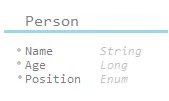
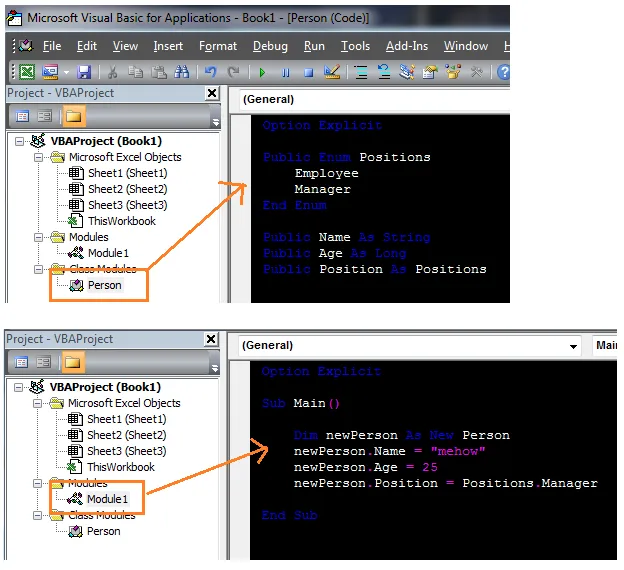
Person对象添加到集合中,并使用易于使用的for each循环和Intellisense进行迭代!

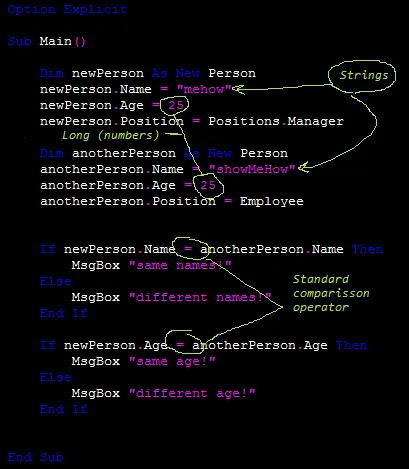
有两个不同的类,它们都公开了属性。例如,您有一个名为 Employee 和一个名为 Manager 的类,它们都实现了一个 Person 接口 和一个额外的 Comparer 类,该类公开了一个 Compare() 方法。
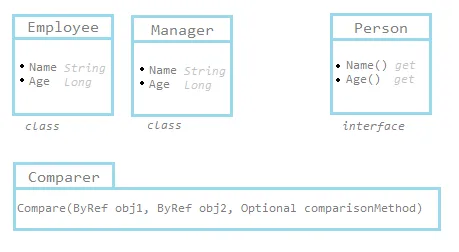
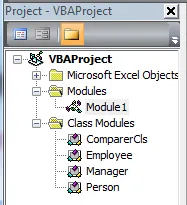
Person (这是您的接口)
Public Property Get Name() As String
End Property
Public Property Get Age() As Long
End Property
Employee和Manager都需要实现它以共享一些通用函数(获取名称和年龄的getter)。拥有接口允许您使用接口类型变量作为枚举器进行for each循环。您马上会看到。
Employee和Manager是相同的。显然,您可以根据实际情况修改它们以适应您的解决方案。
Implements Person
Private name_ As String
Private age_ As Long
Public Property Get Name() As String
Name = name_
End Property
Public Property Let Name(ByVal Value As String)
name_ = Value
End Property
Public Property Get Age() As Long
Age = age_
End Property
Public Property Let Age(ByVal Value As Long)
age_ = Value
End Property
Private Property Get Person_Name() As String
Person_Name = Name
End Property
Private Property Get Person_Age() As Long
Person_Age = Age
End Property
ComparerCls 你将使用此类的实例来比较两个对象的属性或引用。您不一定需要为此创建一个类,但我更喜欢这样做。
Public Enum ComparisonMethod
Names = 0 ' default
Ages = 1
References = 2
End Enum
' makes names the default comparison method
Public Function Compare(ByRef obj1 As Person, _
ByRef obj2 As Person, _
Optional method As ComparisonMethod = 0) _
As Boolean
Select Case method
Case Ages
Compare = IIf(obj1.Age = obj2.Age, True, False)
Case References
Compare = IIf(obj1 Is obj2, True, False)
Case Else
Compare = IIf(obj1.Name = obj2.Name, True, False)
End Select
End Function
和您的Module1代码
Option Explicit
Sub Main()
Dim emp As New Employee
emp.Name = "person"
emp.Age = 25
Dim man As New Manager
man.Name = "manager"
man.Age = 25
Dim People As New Collection
People.Add emp
People.Add man
Dim individual As Person
For Each individual In People
Debug.Print TypeName(individual), individual.Name, individual.Age
Next
End Sub
Main()子程序并在立即窗口中查看结果。
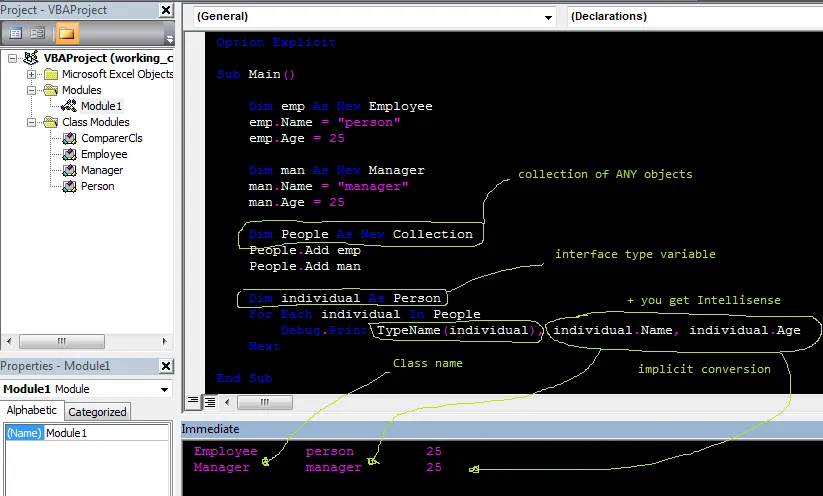
Person接口的引用变量。这允许您循环遍历集合中实现该接口的所有项。此外,如果有更多的属性和函数,您可以使用Intellisense,这非常棒。
比较
再次查看ComparerCls类中的代码

Compare() 方法本身以不同的方式进行比较。请注意可选参数,它允许您调用 Compare 方法而无需比较方法。
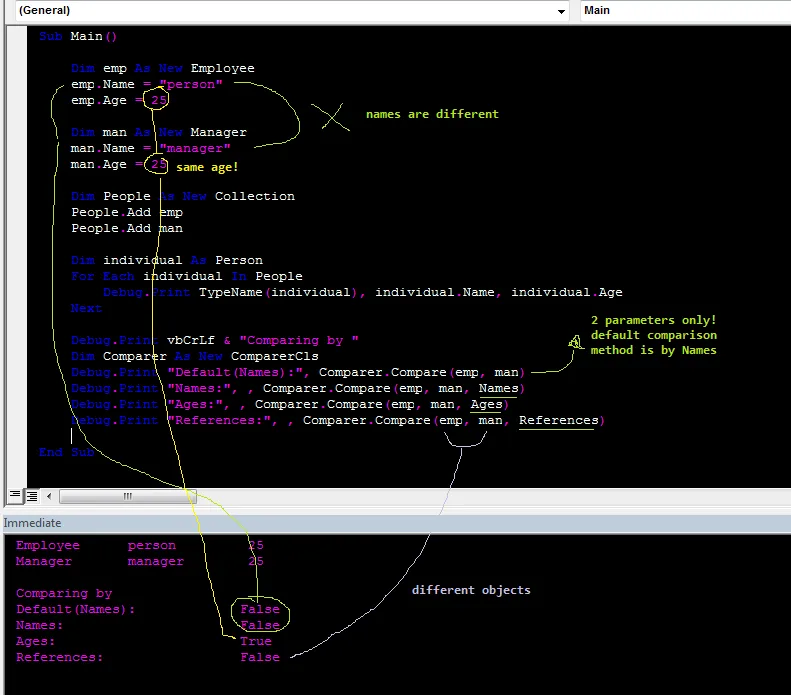
emp.Name = "name"
man.Name = "name"
Comparer.Compare(emp, name, Names)
Comparer.Compare(emp, name, References)
Comparer.Compare(emp, emp, References)
Implements关键字的解释。